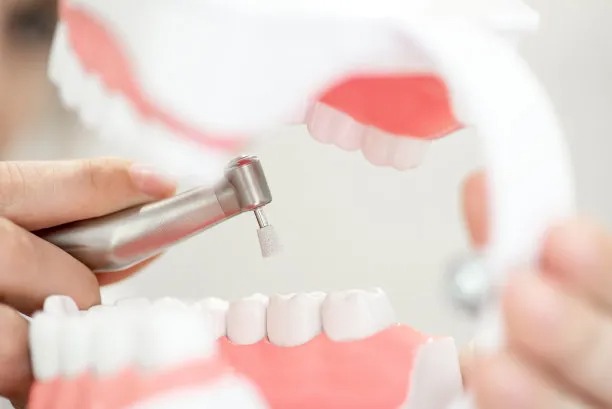The Essential Guide to Extracting a Tooth Safely and Comfortably for a Healthier Smile
Summary: Extracting a tooth can often evoke feelings of anxiety and fear, but understanding the process can significantly enhance the experience. This essential guide presents a comprehensive approach to tooth extraction, focusing on both safety and comfort to foster a healthier smile. We will discuss the importance of consulting a dental professional, the significance of proper preparation for both the patient and the dentist, the techniques used to ensure comfort during the extraction, and the subsequent care required for recovery. By addressing these critical aspects, individuals can gain confidence and ease regarding tooth extraction, ultimately promoting overall dental health.
1. Importance of Consulting a Dental Professional

Before undergoing any tooth extraction, consulting a qualified dental professional is of utmost importance. Dentists possess the necessary expertise to evaluate the condition of the tooth and determine whether extraction is truly warranted. They can also provide alternative solutions that may be less invasive, such as root canal treatment, ensuring that patients make informed decisions about their dental health.
Furthermore, dental professionals will conduct a thorough examination, including X-rays, to assess the root structure and surrounding tissues. This detailed assessment allows them to formulate a tailored extraction plan that mitigates risks. Such meticulous planning contributes significantly to a smoother procedure, enhancing patient safety and comfort.
In addition, dental professionals understand how to effectively manage patient anxiety. They can prescribe sedatives or offer options for local anesthesia, helping ease any fears associated with the procedure. This personalized attention not only fosters a sense of security but also establishes a trusting relationship with the dentist.
2. Preparing for the Extraction Procedure
Preparation plays a pivotal role in ensuring a seamless tooth extraction process. Patients should have an open conversation with their dentist about their medical history, including any allergies or medications they may be taking. This dialogue enables the dentist to adjust their approach accordingly, avoiding potential complications during the extraction.
Additionally, patients are often advised to avoid eating or drinking for a certain number of hours prior to the appointment. This precaution is crucial, especially if sedation will be used, as it minimizes the risk of nausea or aspiration. Understanding and adhering to dietary restrictions helps to facilitate a smoother extraction experience.
Moreover, it is beneficial for patients to arrange for post-procedure transportation. The effects of sedation or anesthesia can leave individuals feeling disoriented or fatigued. By organizing a ride home in advance, patients can ensure a stress-free transition following the extraction.
3. Techniques to Ensure Comfort During Extraction
Modern dentistry employs several techniques designed to keep patients comfortable during a tooth extraction. One of the primary methods is the utilization of local anesthesia. This numbing agent ensures that the area around the tooth is insensate, allowing the extraction to proceed without pain.
Sedation dentistry is another effective approach that can alleviate anxiety for patients. Options range from mild sedatives that induce relaxation to deeper levels of sedation for individuals with intense fears. By catering to varying levels of anxiety, dentists can ensure that each patient receives a personalized experience that aligns with their comfort zone.
Moreover, dentists may implement distraction techniques during the procedure, such as playing soothing music or employing virtual reality experiences. Such strategies help divert attention away from the extraction, making the process feel less daunting for patients. This focus on comfort and mental wellness is essential in creating a positive experience.
4. Post-Extraction Care for a Smooth Recovery
Post-extraction care is critical for ensuring swift recovery and minimizing discomfort. After the procedure, patients should follow the dentists instructions, which typically include biting down on a gauze pad to control bleeding. Maintaining pressure on the extraction site can significantly aid in healing.
Additionally, patients are advised to stick to a soft-food diet for the initial days following the extraction. Foods such as yogurt, mashed potatoes, and smoothies are gentle on the extraction site, reducing the risk of irritation and ensuring adequate nutrition during the healing process.
Finally, it is essential to monitor the extraction site for any signs of infection or complications. Patients should be vigilant about symptoms such as increased pain, swelling, or fever and communicate these to their dentist promptly. Early detection and treatment of complications can streamline recovery and safeguard overall dental health.
Summary:
In summary, understanding the key aspects of tooth extraction can transform a potentially stressful experience into a manageable one. Through proper dental consultation, meticulous preparation, comfort strategies during the extraction, and attentive post-care, patients can ensure their journey toward a healthier smile is smooth and uncomplicated.
This article is compiled by Vickong Dental and the content is for reference only.



